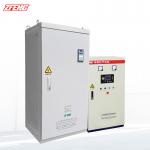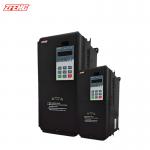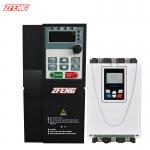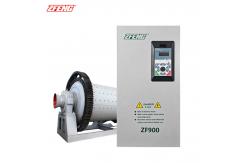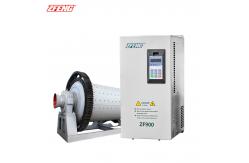DLT-QG Series Energy Saving Ball Mill Dedicated Drive Variable
Frequency Drive Energy saving ball mill dedicated frequency converter is a
frequency conversion drive equipment designed specifically for ball
mills. By adjusting the motor speed, it achieves energy saving,
consumption reduction, improved production efficiency, and extended
equipment life. Our energy-saving ball mill dedicated frequency converter has more
than ten years of production experience and has received widespread
praise and sincere recognition from customers in the market. FEATURES Soft Start Reduce the impact of starting current on equipment and power grid,
and the starting current can be reduced by 3-5 times compared to
traditional methods, achieving smooth soft start.
Reduce mechanical impact and extend the service life of ball mill
bearings, gears, and other components.Dynamic energy-saving function Automatically adjust the motor speed and output voltage according
to the load to achieve on-demand energy supply, with an
energy-saving rate of up to 10% -40% (depending on the operating conditions).
For example, in the building materials industry, energy consumption
can be reduced by 5% -15%, and in the ceramic industry, the
comprehensive energy-saving rate can reach 10% -35%.Wide voltage and overload capacity Supports a wide voltage input range of 380V-690V, suitable for complex power grid environments.
The overload capacity reaches 150% of the rated current (60
seconds) or 180% of the rated current (1 second) to ensure stable
operation of the equipment.Precise control and protection Adopting vector control or V/F control technology, low-frequency
output full torque, high speed tracking accuracy.
Built in overload, overcurrent, overvoltage, undervoltage, short
circuit, and phase loss protection functions ensure equipment
safety.
Application advantages Market application Energy saving ball mill dedicated frequency converters have been
widely used in industries such as building materials, chemicals,
metallurgy, and mining, helping enterprises achieve: - Energy saving: Reduce energy consumption costs and improve economic benefits.
- Efficiency Enhancement: Improve production efficiency and product quality.
- Reduce consumption: Reduce equipment maintenance and replacement costs.
|

